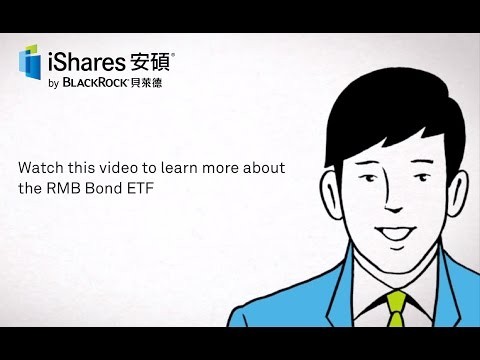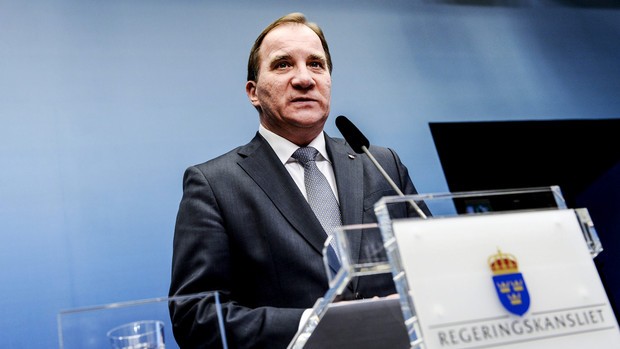BlackRock China ETF’s Derivatives Strategy Faltering Bloomberg Business
Post on: 12 Август, 2015 No Comment

Dec. 4 (Bloomberg) — BlackRock Inc.’s pioneering China exchange-traded fund is at risk of losing its market-leading status as returns trail its benchmark index and competitors take advantage of reduced government curbs on foreign investors.
The $10.1 billion iShares FTSE A50 China Index ETF, the first to track mainland shares when they were inaccessible to most foreigners in 2004, has underperformed its target by 4.6 percentage points this year through yesterday. The Hong Kong-listed fund is lagging behind as its decade-long strategy of using derivatives proves more expensive for investors than buying shares directly.
The fund’s diminished appeal reflects how China’s efforts to remove barriers on its $4.6 trillion stock market are changing the way international investors gain exposure to the world’s second-largest economy. Derivative products are getting replaced by funds that access the Chinese market through the nation’s quota system for foreign institutions and the Shanghai-Hong Kong exchange link that started last month.
“The playing field is changing,” Brendan Ahern, managing director at Krane Fund Advisors LLC in New York, which oversees four Chinese ETFs, said by phone. “The market is gravitating to direct products. Managers have to think about how to adapt to the changes.”
Shanghai Rally
Investors are weighing the most efficient ways to access China’s stock market as it rallies from the cheapest levels on record versus global peers. The Shanghai Composite Index has advanced 31 percent in 2014 and reached a three-year high yesterday amid speculation the nation’s central bank will increase monetary stimulus.
The BlackRock fund’s net asset value has climbed 26 percent this year, versus a 30 percent gain in the gauge it’s designed to mimic. Shareholder returns have been just 18 percent, reflecting both the cost of using derivatives and investors’ unwillingness to keep valuing the ETF at a premium to its underlying securities.
The fund rose 6 percent to HK$11.66 at the close today in Hong Kong. The Shanghai Composite increased 4.3 percent. A Bloomberg index of Chinese stocks traded on U.S. exchanges added 2 percent at 9:49 a.m. in New York.
New York-based BlackRock doesn’t disclose what fees the ETF pays to investment banks to provide the derivatives needed to track the benchmark index or the cost of collateral required to protect against counterparty risk.
The ETF has a 1.39 percent expense ratio, which includes BlackRock’s management fee as well as trustee, custodian and administration fees. That’s higher than 97 percent of peers worldwide, according to data compiled by Bloomberg.
BlackRock Quota
Inflows into the ETF have totaled approximately $2.4 billion, or about half those into its biggest rival, CSOP Asset Management Ltd.’s Hong Kong-listed FTSE China A50 ETF, since the latter’s inception in August 2012. The CSOP fund, which buys mainland shares directly, has maintained a net asset value within 2 percentage points of its benchmark index this year, less than half the gap for BlackRock’s fund.
CSOP has an approved quota of 46.1 billion yuan ($7.5 billion) to invest in mainland securities through the Renminbi Qualified Foreign Institutional Investor program, which started in 2011, government data show. The money manager is also using the Shanghai-Hong Kong link, which allows international investors to place buy orders for a net 13 billion yuan of Shanghai shares each day, with an aggregate quota of 300 billion yuan, according to Jack Wang, the company’s managing director in Hong Kong.
“ETFs with RQFII quotas are taking a lot of market share,” Wang said in a telephone interview. “They’re cheaper, more transparent, and easier to understand.”
RQFII Funds
BlackRock gained direct access to Chinese shares for the first time through a similar program, known as QFII, last year. The firm secured an RQFII license in April and a $320 million quota from Chinese regulators in June, along with an additional $500 million in QFII quota two months later.
Synthetic China A-share access products, derivatives known as CAAPs, still make up about 89 percent of the iShares FTSE A50 China ETF’s investment strategy, according to BlackRock’s website.
“We welcome greater access to China’s capital markets and view the Shanghai-Hong Kong Stock Connect as a significant occurrence in financial markets history,” BlackRock said in an e-mailed response to questions. “China is an important investment destination for our clients globally and we continue to make preparations to participate in this unique event.”

Investors continue to choose the fund “because they require from ETFs liquidity, robust infrastructure and transparency when accessing the China A-Share market,” Susan Chan, the head of iShares Asia Pacific at BlackRock in Hong Kong, said via e-mail.
Version 2.0
While the iShares exchange-traded fund enjoyed more than five years without competition after it started in 2004, rivals have launched at least 18 stock ETFs that invest directly in mainland markets since 2012, data compiled by Bloomberg show.
China began granting RQFII quotas for A-share ETFs in 2012. Initially limited to Hong Kong, the program has now been extended to the U.K. Singapore, France, South Korea, Germany, Qatar, Canada and Australia as part of China’s efforts to increase global use of the yuan. U.S. asset managers can use foreign sub-advisers to secure quota for funds.
ETFs outside China investing directly in mainland securities now have about $9.5 billion of assets, compared with $11.4 billion for those that use derivatives, data compiled by Bloomberg show.
Eroding Demand
China’s exchange link will further erode demand for ETFs that rely on derivatives, according to Jonathan Masse, chief investment officer of San Francisco-based WaveFront Capital Management, which oversees $10 million in emerging-market stocks, including Chinese securities.
“The physical ETF products are really the evolution and 2.0 version of the synthetic products,” Jay Jacobs, a research analyst in New York at Global X Funds, which manages about $4 billion in ETFs, said by phone. “When people invest an ETF, they are looking for a product that can achieve their investment goal — which is to track an index.”
To contact the reporters on this story: Boris Korby in New York at bkorby1@bloomberg.net ; Ye Xie in New York at yxie6@bloomberg.net
To contact the editors responsible for this story: Nikolaj Gammeltoft at ngammeltoft@bloomberg.net Michael Patterson














